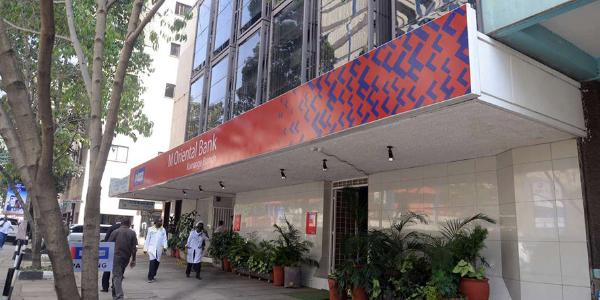BoU Governor Prof. Emmanuel Tumusiime-Mutebile
Uganda’s banking sector is set to be adversely affected by the COVID-19 pandemic, the Bank of Uganda (BoU) Financial Stability Review for June 2020 has revealed.
“The outlook points to challenging conditions for the banking sector going forward, mainly driven by the impact of the pandemic shock on economic activity and credit risk. Systemic risks are likely to remain elevated in the near term until economic recovery is stronger,” the report that was released on September 4, 2020 says.
“Empirical research has shown that non- performing loans tend to lag economic activity by a period of 3-6 months. Relatedly, stress tests and risk modelling by BOU projects the aggregate industry NPL ratio to rise to a range of 6 – 10 percent in the near term. It is important that banks help to absorb but not amplify the shock during this period.”
Consistent with this outlook, the report says, the measures implemented by BOU to alleviate shocks to financial stability shall remain in place, including; exceptional permission to SFIs to provide credit relief to borrowers affected by the pandemic, for 12 months effective 1st April 2020, exceptional liquidity assistance facility for SFIs that have or may come under liquidity distress, a limit of 85 percent on the LTV ratio of loans for residential mortgages and land purchase, effective 1st June 2020, which has mitigated risks to asset quality and valuation associated with falling property prices and deferring of payment of all discretionary distributions including dividends until further notice which has enabled SFIs to build up capital and liquidity reserves and enhanced their ability to weather the pandemic shock. The total deferred dividends amount to USh.436.3 billion (US$118.72 million).
“BOU also implemented enhanced monthly and weekly monitoring of credit risk and liquidity risk respectively and stands ready take additional action as the outbreak evolves, in order to address any emerging risks to financial sector stability,” the report says.
According to the report, credit growth remains hampered by the slowdown in economic activity and cautious lending by banking institutions due to the rising credit default rates. Credit risk from deterioration in loan quality remains the key risk to financial stability.
It adds that loans extended by commercial banks increased by 14.0 percent to USh.15.5 trillion over the year to June 2020. However, growth in the six months to June 2020 was subdued, with lending partly comprised of recapitalised interest from loans restructured under credit relief measures amounting to USh.373.5 billion, as well as lending to government for budget support.
Furthermore, risks to credit performance arising from the real estate sector increased as residential property prices declined by 2.9 percent during the quarter ended June 20203. However, the impact of falling property prices on banking institutions’ collateral values was alleviated by prudent loan-to-value (LTV) ratios maintained by SFIs, which remained below the limit of 85 percent on residential mortgages and land purchase loans that was set by BOU in May 2020. It should be noted, though, that the aggregate LTV ratio on foreign currency loans for land purchase remains above 90 percent.
“Asset quality, as measured by the ratio of non- performing loans to total loans (NPL ratio), worsened across the banking industry through the year ended June 2020. The NPL ratio for commercial banks rose from 3.8 percent in June 2019 to 5.8 percent in June 2020, largely due to a rise in non- performing loans (NPLs) of 73.5 percent or USh.378.5 billion over the year, with a 14.0 percent or USh.109.8 billion increase in NPLs over the quarter to June 2020, with deterioration largely coming from the real estate, trade and commerce, and household sectors. Similarly, the NPL ratios for credit institutions and MDIs rose to 7.6 percent and 10.8 percent respectively during the same period,” says the report.
It adds: “The rise NPLs could have been higher but was moderated by the credit relief measures instituted by BOU in April 2020, as illustrated in Section 2.3. Looking ahead, asset quality is likely to deteriorate further in the near term, if maturing credit relief is still distressed, as well as on account of a slow recovery in economic activity.”







